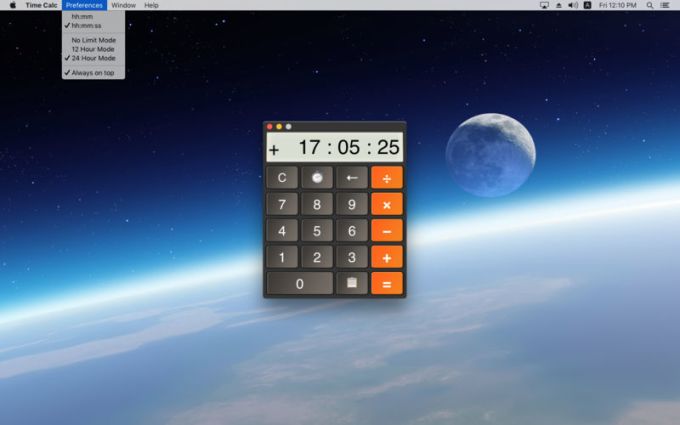
In zones 1 and 2, you’re using primarily fat. Energy source mainly used: carbohydrates trending into creatine phosphateĪs you can see, the type of fuel your body uses to create ATP changes as you go up in intensity.Energy source mainly used: carbohydrates.Energy source mainly used: fat trending into carbohydrates.Zone 1 is the lowest intensity (sitting down, walking around your house, etc.), and Zone 6 is the highest intensity (all-out sprinting, deadlifting a heavy set of five, etc.). One such system divides training intensity into six zones. Over the years, exercise scientists have developed “training zones” to help athletes and coaches understand which energy systems and muscle fibers they’re using at a given exercise intensity level. You can learn more about this process here. Basically, our body can convert lactate into glucose to be used in glycolysis. Creatine supplementation can help this process. Creatine then comes along and says, “Hey, ADP, you can have my phosphate,” turning it back into ATP to once more be utilized as energy. When ATP transfers energy to cells, it breaks off one of its phosphates and becomes adenosine diphosphate (ADP). Through the recycling of previously-stored ATP.Glycolysis doesn’t occur in your mitochondria but rather in your cells’ cytosol. Glycolysis produces large amounts of ATP, but not as much as oxidation. If you’re doing an intense exercise like sprinting or lifting weights, your body switches from oxidizing fatty cells to produce ATP to burning glycogen/carbs to replenish ATP stores. Through non-oxygen-dependent glucose metabolism (glycolysis).

This is an essential point for Zone 2 cardio. Oxidation occurs within your cells’ mitochondria. When you breathe, oxidation turns fatty acids into ATP. This is how most of the ATP you use throughout the day is created.
#TIME CALC GEEK HOW TO#
We’ll get into what Zone 2 cardio is, what it does for you, and how to make it part of your life. And it’s all because of what he said about “Zone 2 cardio” and the benefits he’s seen it give him in his own life in terms of both his mental health and his strength-training performance.īelow I share what I’ve learned about Zone 2 cardio since that show. So, for all intents and purposes, the cardio portion of my exercise routine had been pretty non-existent.īut after my conversation with hybrid athlete Fergus Crawley on the AoM podcast, I’ve started to make cardio - in particular, slow and steady cardio - a bigger part of my life.

I never feel like I’m really “exercising.” It’s better than doing nothing, certainly, but probably leaves a lot of the benefits of cardio on the table. My heart rate hardly gets above 100 beats per minute. I’m just taking a leisurely stroll with 40 lbs on my back. But honestly, I tend to sandbag it - metaphorically - when I ruck. The other prong of my “make cardio less sucky” strategy was to ruck.


I’d aim to do it at the end of my weightlifting sessions, but when the time came, I often found an excuse to skip this planned cardio cap-off. But I wasn’t that consistent with my HIIT. I’d go hard - sprinting, “cycling” on the Airdyne, or doing burpees and calisthenics - for 15 to 20 minutes and call it a day. The first prong of my “make cardio less sucky” strategy was to get it done quickly by doing short sessions of high-intensity training. So when I did do cardio, I found ways to make the experience as not sucky as possible. I knew I was supposed to do cardio because it’s good for my heart and insulin resistance and whatnot. I wasn’t a cardio guy for most of my life.


 0 kommentar(er)
0 kommentar(er)
